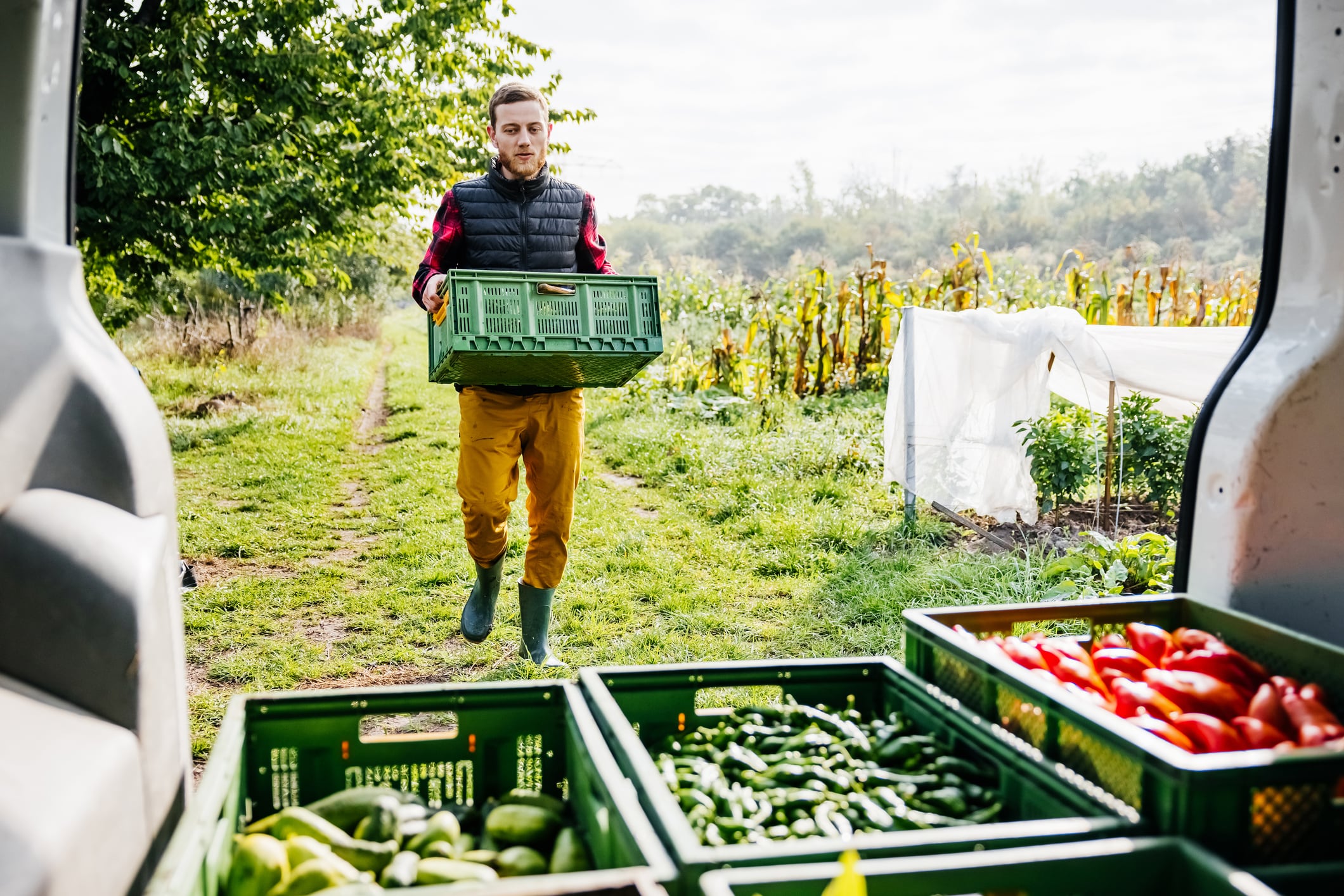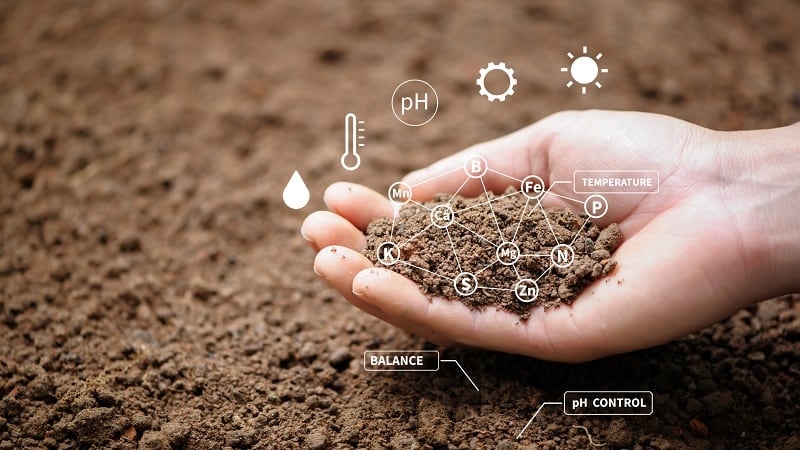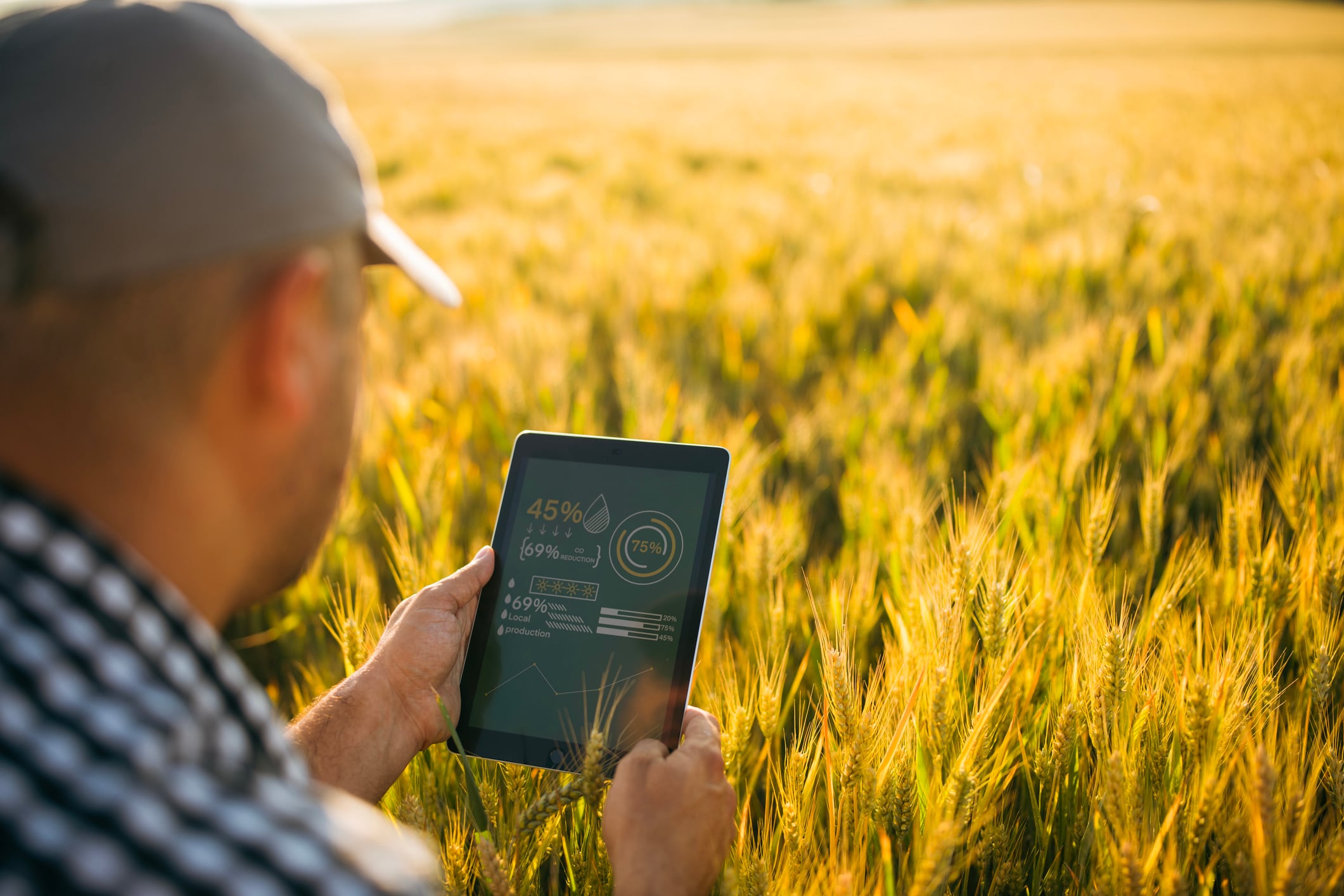Just three months after securing €30 million in funding, French agtech firm NeoFarm has begun construction of what will become Europe’s largest agroecological vegetable farm – a 10-hectare greenhouse site powered by robotics and AI, with an annual production capacity of about 1,300 tonnes of organic vegetables.
The milestone marks a significant leap in the company’s mission to scale local, organic food production using automated, sustainable methods.
By 2030, NeoFarm aims to deploy more than 25 large-scale farms across Europe,
CEO Thibaut Millett confirmed that NeoFarm has already identified 60 additional sites for future deployment, signaling a rapid expansion phase. “We’re building replicable infrastructure assets that combine agronomy, robotics, and data to deliver resilient food systems,” he told AgTechNavigator.
Robots that sow, weed and harvest – autonomously
At the heart of NeoFarm’s model is its patented robotic platform, designed to handle nearly the entire crop cycle. The system uses a lightweight gantry with centimeter-level precision to navigate crop beds, switching autonomously between tools for sowing, weeding, and harvesting. In GPS-challenged environments like greenhouses, the robots rely on fiducial markers, depth sensors, and positional memory for navigation.
All operations are managed by NeoFarm’s proprietary farm OS, which integrates crop planning, task scheduling, and traceability. “Each crop has its own recipe,” Millett explained, “and the robot activates the right tools at the right time.” The system reduces manual weeding by up to 70% and ensures time-critical tasks are executed with precision.
‘A new agricultural revolution is underway’
Millett believes agricultural robotization is poised to become mainstream across all farming segments – including fruit, grains, and livestock. “We’re at the beginning of a new agricultural revolution,” he said, citing four converging forces:
- Environmental transition away from synthetic inputs
- Labour shortages across farming sectors
- Technological maturity of affordable, robust robotics
- Global innovation momentum in autonomous farming tools
NeoFarm’s robots, priced at around €70,000 per unit, are designed to be both cost-effective and scalable. “By 2050, nearly every farm will be robotized,” Millett predicted. “Robots won’t replace farmers – they’ll become essential companions.”
Making organic affordable and accessible
NeoFarm is tackling the organic affordability challenge head-on by optimizing every link in the value chain. Its frugal model includes non-heated greenhouses, rainwater capture, and energy-efficient robotics. Distribution spans on-site vending machines, supermarket partnerships, catering for schools and hospitals, and subscription boxes.

The company aims to keep organic price premiums within 10-20% of conventional produce, and even reach price parity on seasonal staples. “We’re proving that organic can be both scalable and accessible,” Millett said.
A new asset class in local food infrastructure
Beyond farming, NeoFarm envisions its sites as a new sovereign infrastructure asset class – green, local, and uncorrelated with financial markets. “Food is a non-relocatable human need,” Millett emphasized. “Our farms are investable infrastructure tied to local resilience.”
European expansion targets high-demand regions
NeoFarm’s initial European focus includes Benelux, western and southern Germany, northern Italy, and Spain. These regions offer high purchasing power, strong organic demand, and complementary climate profiles that support year-round supply without heated greenhouses. European pedoclimatic conditions vary widely, however, in terms of soils, weeds, varietal choices, and weather.
Scaling smart: standardization meets local adaptation
The biggest challenge, according to Millett, is orchestrating robotics, agronomy, finance, regulation, and human capital in sync. NeoFarm’s solution lies in disciplined replication — rolling out standardized farms while preserving local adaptation. It wants to build a network of resilient food infrastructure, one robotized farm at a time.
“The biggest challenge is orchestrating all of these dimensions simultaneously,” Millett said. “Robotics, agronomy, finance, regulation, and human capital must evolve together at the right pace. The solution lies in standardization and disciplined replication — rolling out farms as replicable infrastructure assets, while preserving local adaptation and impact.”





